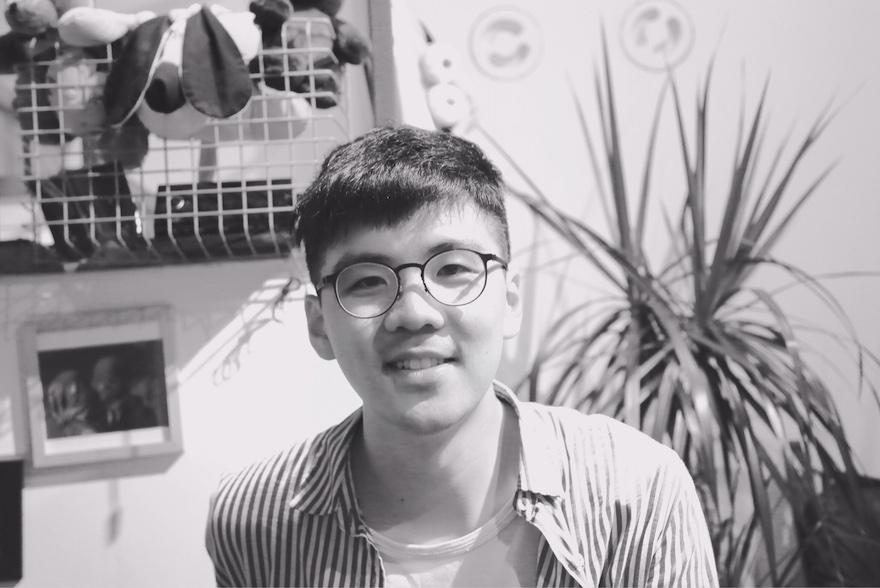
Biography:
Zihao Lin (he/him) is a Ph.D. Candidate in the Department of Comparative Human Development at the University of Chicago. He is interested in anthropological inquiries of urban life, access, and design, and extends them to engage with questions of disability citizenship in contemporary China. He is an editor of TyingKnots (结绳志), an open-access anthropology platform run by young academics dedicated to spreading progressive scholarship to Chinese readers.
Project Title: Designing Access for Disabled People: Negotiations around “Barrier-Free” Environments in Post-Socialist Chinese Metropolises
Abstract
Despite being frequently mentioned in policies, media, professional workshops, and NGO reports over the last two decades, the “barrier-free city” is a politically, economically, and scientifically ambiguous concept and vision in China. For government officials, this vision encompasses millions of Chinese Yuan to be invested in technologies and infrastructures whose prospect of application is hotly debated. For entrepreneurs, this vision is related to a potentially lucrative emerging market that often lies outside governmental regulation and targets a population of an estimated 85 million people with disabilities who have been marginalized in the national economy. To understand what makes a city accessible, I plan to pursue community-based ethnography, combining photovoice, participant observation, oral life histories, and focus group interviews with people with different disabilities in Shenzhen, a Chinese metropolis that has been on the vanguard in implementing “barrier-free” urban policies and has attracted large numbers of people with disabilities over the last three decades. The objectives in this phase are: (1) to observe how people with disabilities make sense of their position in Shenzhen or other cities and their experiences of social participation, access struggle, and imagination of the future; (2) to understand the internal diversity of disability community in terms of gender, class, and disability experiences and explore how such a diversity impacts people’s understanding of “barrier-free” futures; (3) to be particularly attentive to the increasing smart infrastructure and technologies in urban spaces and observe how this presence impacts the everyday lives of disabled people in both explicit and implicit ways.
 THE UNIVERSITY OF CHICAGO
THE UNIVERSITY OF CHICAGO

